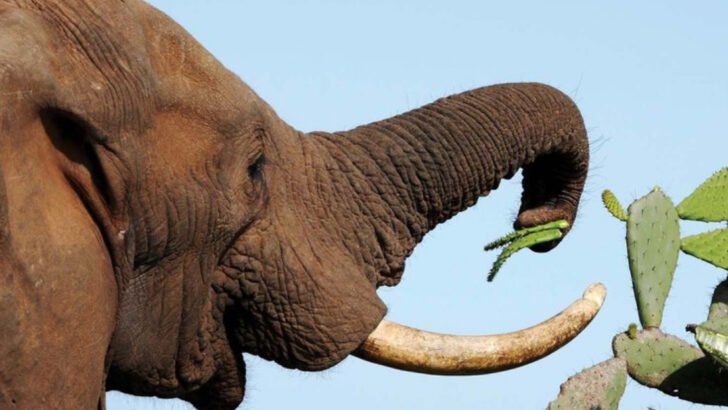Animals aren’t just cute—they’re calculating, clever, and sometimes shockingly cunning. Crows hold grudges. Octopuses plan escapes. And elephants? They mourn their dead with more grace than some humans. We’ve spent centuries underestimating animal intelligence— treating them as instinct-driven machines, rather than minds with memory, empathy, and the ability to solve problems we haven’t even figured out. But the truth is staring us right in the face— and sometimes stealing our snacks while we’re not looking. In this wild dive into the brains behind the fur, feathers, and fins, you’ll find 15 jaw-dropping facts that will make you rethink everything you thought you knew. And 5 more that will leave no doubt: Animals are way smarter than we give them credit for.
Octopus Problem Solving
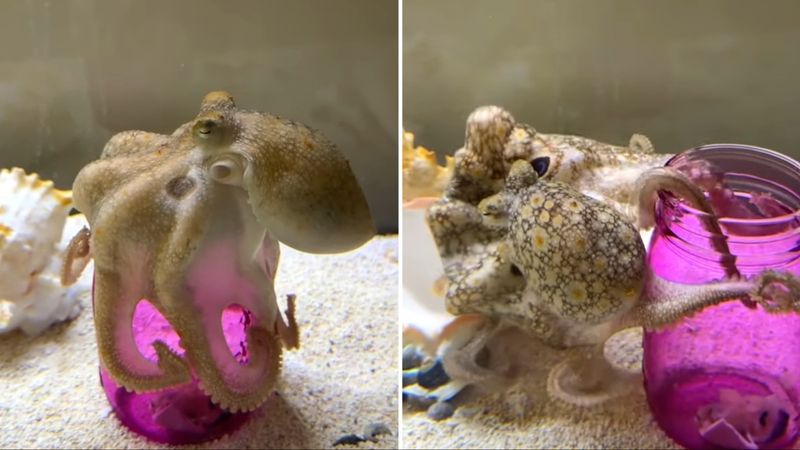
The octopus, a marine marvel, showcases astonishing problem-solving skills. With its dexterous tentacles, it can manipulate objects, solve puzzles, and even escape enclosures. These intelligent creatures demonstrate short-term memory, learning from experience. In one instance, an octopus was observed opening a jar to retrieve food inside, a feat of both strength and ingenuity.
Octopuses are also known for their ability to use tools, such as using coconut shells for shelter. Their neurons are distributed across their body, enabling them to perform complex tasks independently. This intelligence makes them unique among invertebrates.
Elephants’ Empathy
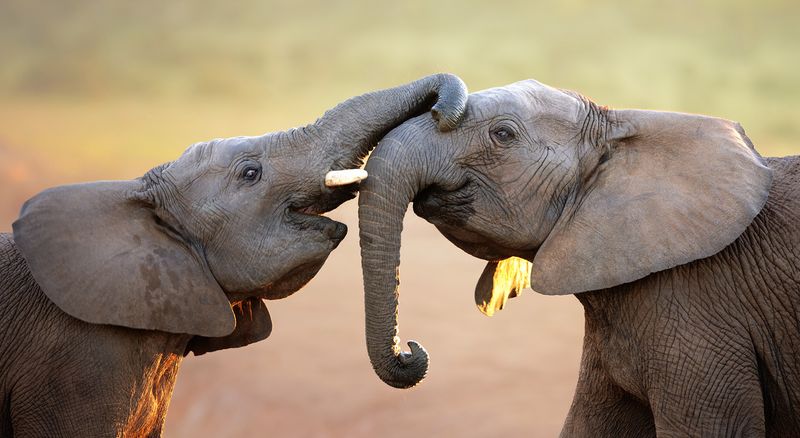
Elephants have long been celebrated for their empathetic behaviors. These majestic animals display deep emotional connections, comforting each other in distress. When an elephant falls, others in the herd often come to its aid, offering support with their trunks. This has been observed in various wild and captive settings.
Elephants also mourn their dead, showing rituals reminiscent of human funerals. They exhibit a range of emotions, including joy, playfulness, and grief. Their memory and social nature deepen these connections, reinforcing the notion that elephants possess empathy and emotional intelligence.
Dolphins’ Communication

Dolphins are renowned for their sophisticated communication skills. Using a combination of vocalizations and echolocation, they share information about their environment and coordinate group activities. These highly social creatures also have unique signature whistles, akin to names, allowing them to identify and call each other individually.
In addition to vocal communication, dolphins use body language, such as leaping and tail slapping, to convey messages. Their understanding of complex signals and ability to learn new tasks highlight their intelligence, making them one of the most cognitively advanced marine species.
Chimpanzees’ Tool Use
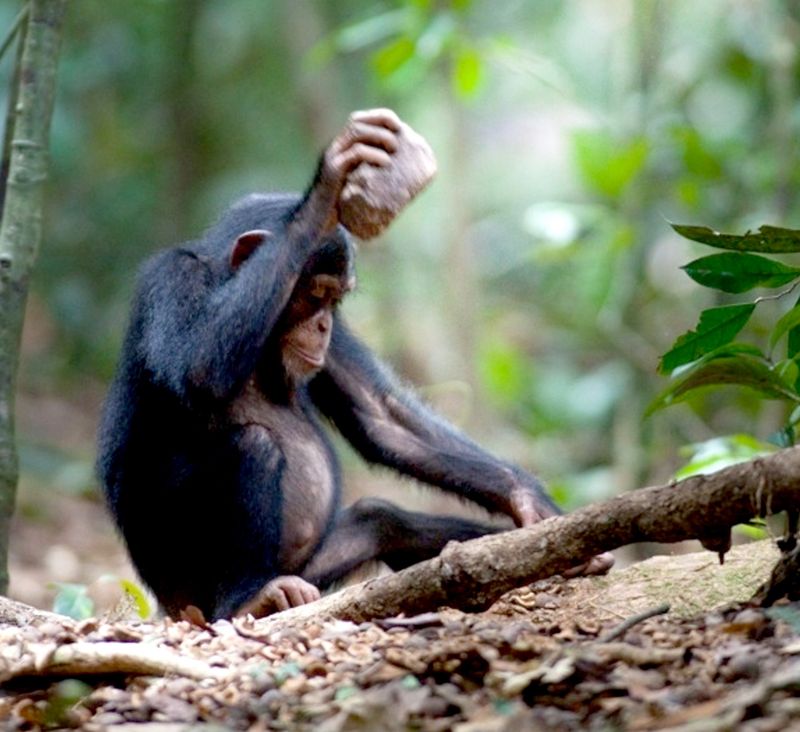
Chimpanzees, our closest animal relatives, are known for their impressive tool use. In the wild, they fashion tools from sticks and leaves to extract termites, crack nuts, or even hunt smaller animals. These primates exhibit foresight and planning, selecting and preparing tools for specific tasks.
Their ability to learn from observation and imitate behaviors highlights their cognitive capabilities and adaptability. Chimpanzees also demonstrate social learning, passing knowledge to younger generations. This sophisticated use of tools underscores their intelligence, bridging the gap between human and animal ingenuity.
Crows’ Problem Solving
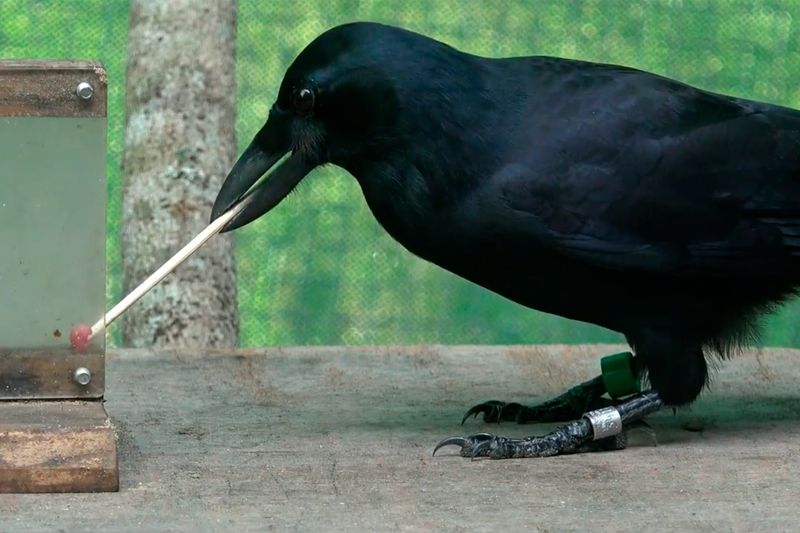
Crows, members of the corvid family, display remarkable problem-solving abilities. They are known to solve intricate puzzles, often using tools to achieve their goals. In one fascinating experiment, a crow bent a wire to fish out a treat from a tube, showcasing both creativity and foresight.
These birds also demonstrate understanding of cause-and-effect relationships, allowing them to accomplish tasks requiring multiple steps. Crows’ intelligence is further demonstrated by their ability to recognize human faces and remember them for years. Their cognitive prowess has led scientists to compare their intelligence to that of primates.
Parrots’ Mimicry

Parrots are celebrated for their exceptional mimicry skills, particularly in replicating human speech. These vibrant birds possess a unique vocal apparatus, enabling them to produce a wide range of sounds. Their ability to mimic words and phrases often delights humans, showcasing their sophisticated vocal abilities.
Beyond mere mimicry, some parrots exhibit understanding of context, using words appropriately in situations. Their intelligence is further highlighted by their capacity to solve problems and learn new tasks. Parrots’ vocal proficiency and social interactions position them as one of the most intelligent avian species.
Rats’ Maze Navigation

Rats are often associated with intelligence due to their ability to navigate mazes and learn complex tasks. These rodents exhibit strong memory skills, recalling routes and solutions over time. In laboratory settings, rats demonstrate problem-solving abilities, often outperforming other small mammals.
Their cognitive skills are not limited to mazes; rats can also learn tricks and respond to human cues. This intelligence has made them valuable in scientific research, offering insights into learning and behavior. Rats’ adaptability and cleverness continue to fascinate scientists and animal enthusiasts alike.
Dogs’ Emotional Understanding
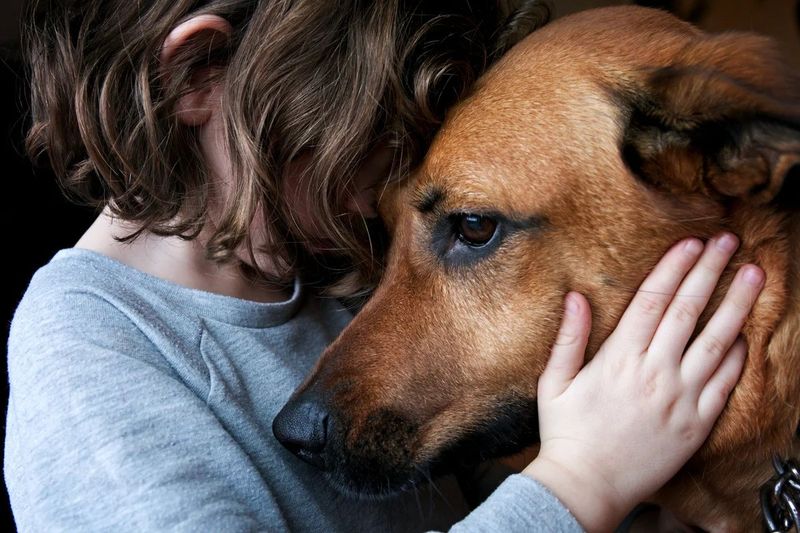
Dogs, often referred to as humans’ best friends, exhibit profound emotional understanding. These loyal companions can sense human emotions, often providing comfort when their owners are sad or stressed. This empathetic behavior is rooted in their domestication, which has fine-tuned their ability to read human cues.
Beyond empathy, dogs can learn commands and tasks, showcasing obedience and intelligence. Their capacity to form strong social bonds with humans and other animals further exemplifies their emotional intelligence. Dogs’ intuitive nature and understanding make them cherished companions across the world.
Pigs’ Learning Abilities

Pigs are often underestimated when it comes to intelligence, yet they are remarkably smart creatures. These animals can learn complex tasks, often displaying problem-solving skills and adaptability. In various studies, pigs have been shown to recognize symbols, navigate mazes, and even play simple games.
Their social nature enhances their learning, allowing them to interact and communicate effectively. Pigs’ cognitive abilities rival those of dogs and chimpanzees, making them one of the most intelligent domesticated animals. Their cleverness and curiosity are often surprising to those unfamiliar with their capabilities.
Bees’ Navigation Skills

Bees, the tiny architects of the natural world, possess extraordinary navigation skills. Using the sun as a compass, they can find their way over long distances, returning to their hive with precision. The famous waggle dance is a testament to their communication abilities, conveying information about food sources to fellow bees.
Bees’ cognitive skills extend to problem-solving and learning from experience. Their ability to adapt to changes in their environment highlights their intelligence. These remarkable insects play vital roles in ecosystems, demonstrating that even the smallest creatures can possess significant cognitive capabilities.
Orcas’ Hunting Strategies
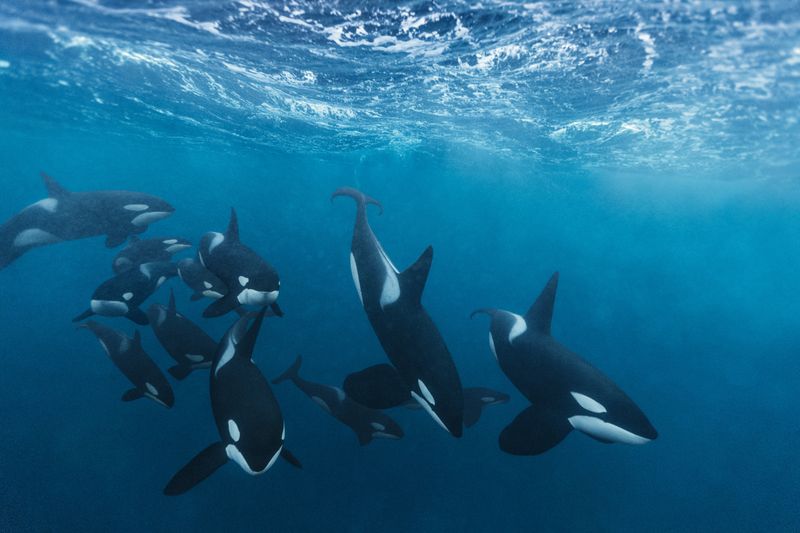
Orcas, or killer whales, are renowned for their sophisticated hunting strategies. These apex predators often hunt in pods, using coordinated tactics to capture prey. For instance, they create waves to knock seals off ice floes, demonstrating ingenuity and teamwork.
Beyond hunting, orcas exhibit cultural behaviors, with distinct vocalizations and practices passed down through generations. Their intelligence extends to social interactions, where they form complex relationships within pods. Orcas’ strategic thinking and adaptability in diverse marine environments highlight their position as one of the most intelligent marine mammals.
Horses’ Social Bonds
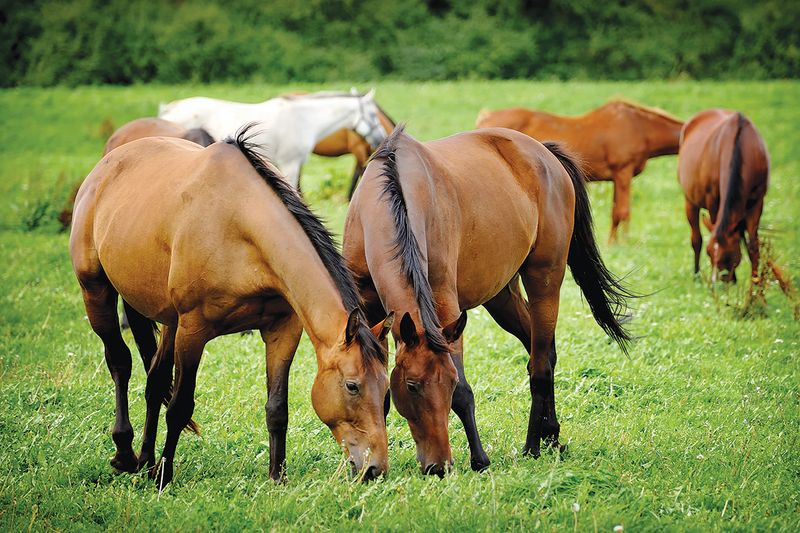
Horses are known for their strong social bonds and emotional intelligence. These majestic animals thrive in herds, forming intricate relationships with one another. They communicate through body language, vocalizations, and subtle cues, maintaining harmony within the group.
Horses’ ability to read human emotions has also been documented, making them valuable companions in therapy and leisure. Their intelligence is reflected in their capacity for learning and responding to training. Horses’ social nature and emotional depth contribute to their esteemed place in both human history and contemporary life.
Elephants’ Tool Use

In addition to their emotional intelligence, elephants exhibit remarkable tool use. These intelligent giants have been observed using sticks to scratch themselves or swat flies. This behavior suggests foresight and problem-solving capabilities, as they select and manipulate objects to achieve goals.
Elephants’ ability to learn from experience and adapt to changes in their environment highlights their cognitive prowess. Their interactions with objects and problem-solving skills demonstrate a level of intelligence that continues to intrigue researchers and animal lovers alike. Elephants’ tool use adds another layer to their fascinating intelligence.
Ants’ Collective Intelligence

Ants are tiny powerhouses of collective intelligence. These insects operate as a highly efficient colony, demonstrating remarkable coordination and division of labor. Each ant plays a specific role, contributing to the colony’s success through teamwork and communication.
Their ability to solve complex problems, such as finding the shortest path to food, is a testament to their collective intelligence. Ants’ social structure and adaptability allow them to thrive in diverse environments. Their remarkable efficiency and organization continue to inspire researchers, showcasing the power of collaboration in the natural world.
Ravens’ Playful Behavior
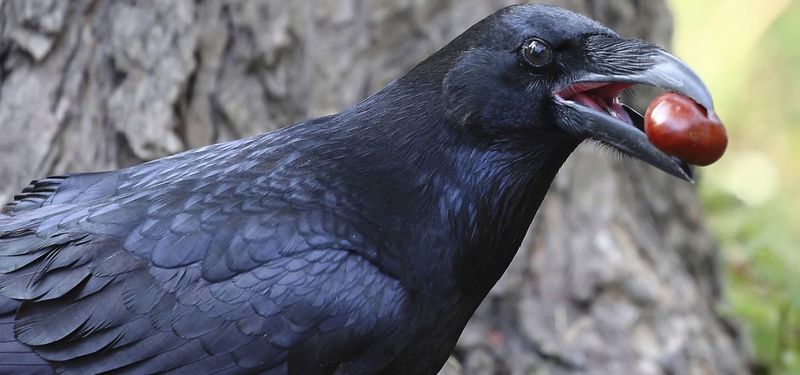
Ravens, known for their intelligence and curiosity, often engage in playful behavior. These birds are part of the corvid family and have been observed playing games, solving puzzles, and using tools. Their playful antics are not just for entertainment; they also serve as learning opportunities.
Ravens exhibit problem-solving skills, often outsmarting other animals to access food. Their ability to mimic sounds and learn from observation adds to their cognitive repertoire. Ravens’ playful nature and intelligence make them one of the most intriguing avian species, captivating both scientists and bird enthusiasts.
Cats’ Hunting Instincts
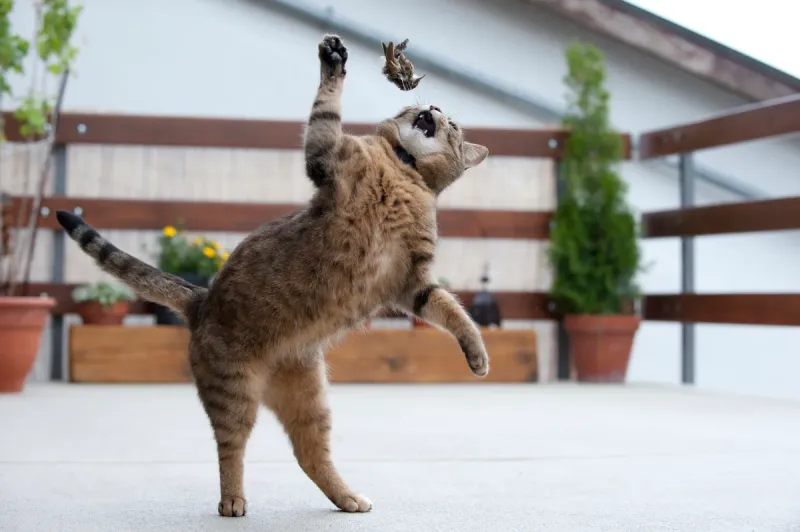
Cats, whether domestic or wild, possess incredible hunting instincts. These agile creatures are equipped with keen senses and reflexes, enabling them to stalk and capture prey with precision. Their hunting skills are honed from a young age, often through play, which simulates real-life hunting scenarios.
Cats’ intelligence is evident in their ability to learn from their environment, adapting strategies to different prey and conditions. Their curiosity and independence further highlight their cognitive complexity. Cats’ prowess as hunters reflects their evolutionary history and continues to fascinate those who observe their behaviors.
Pigeons’ Homing Ability

Pigeons are famous for their exceptional homing ability, navigating long distances to return to their nest. This remarkable skill involves a combination of visual cues, Earth’s magnetic field, and olfactory signals. Pigeons’ knack for finding their way back has been utilized in history for message delivery.
Their intelligence extends beyond navigation, as they can distinguish between different art styles and recognize human faces. Pigeons’ cognitive capabilities make them fascinating subjects for scientific study, revealing insights into avian navigation and learning. Their homing ability remains one of the most admired feats in the animal kingdom.
Squirrels’ Nut-Burying Strategy
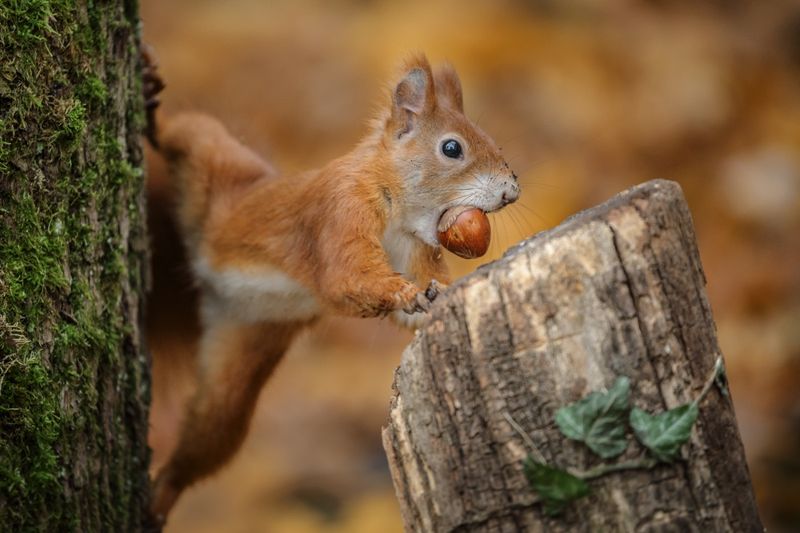
Squirrels are adept planners, known for their nut-burying behavior to store food for winter. These small mammals exhibit impressive memory skills, recalling the locations of their hidden caches. Their strategy involves complex decision-making, selecting optimal spots for burial.
Squirrels’ intelligence is further demonstrated by their ability to deceive potential thieves. They often perform fake burials to mislead other animals, showcasing cunning and foresight. Squirrels’ adaptability and cleverness make them successful survivors in both urban and wild environments, captivating observers with their resourcefulness.
Baboons’ Social Hierarchy
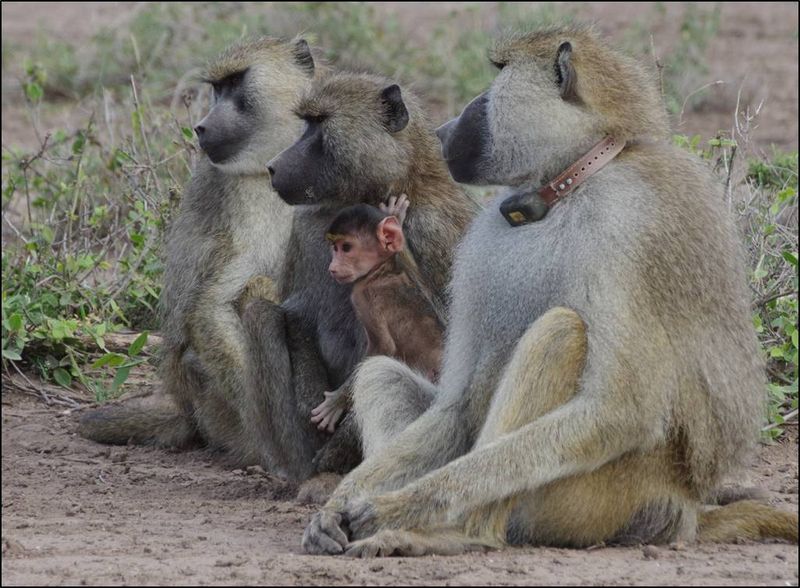
Baboons are known for their complex social structures and hierarchies. These primates live in large troops, where relationships and ranks play crucial roles in daily life. Their intelligence is evident in their ability to navigate social dynamics, form alliances, and resolve conflicts.
Baboons communicate through vocalizations, facial expressions, and body language, maintaining cohesion within the group. Their cognitive abilities allow them to learn from experience, adapt to changing conditions, and develop sophisticated social strategies. Baboons’ intricate social lives provide a window into the complexities of primate intelligence.
African Grey Parrots’ Puzzle Solving

Meet the African Grey Parrot, renowned for its exceptional intelligence. Did you know these birds can solve puzzles that stump even primates? Their cognitive prowess is legendary. Starting with simple tasks, they quickly progress to complex challenges, demonstrating a keen ability to strategize and adapt.
Watch as these parrots manipulate objects with precision, often using their beak and claws as tools. Their talent for mimicry is well-known, but puzzle-solving sets them apart, revealing a depth of intelligence that’s both surprising and delightful.
In studies, African Grey Parrots have shown the capacity for sequential thought and memory, skills once thought exclusive to humans and great apes.

